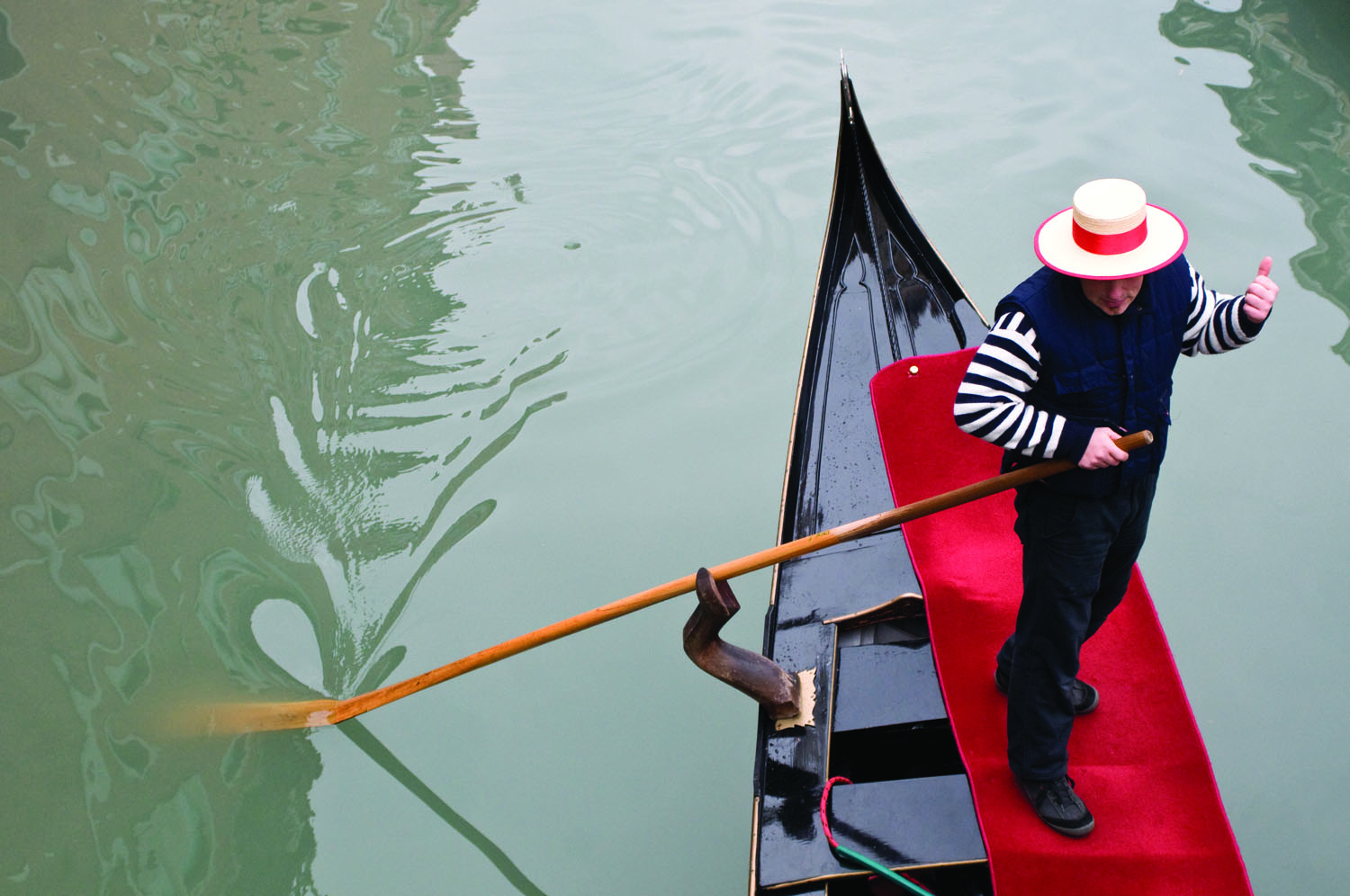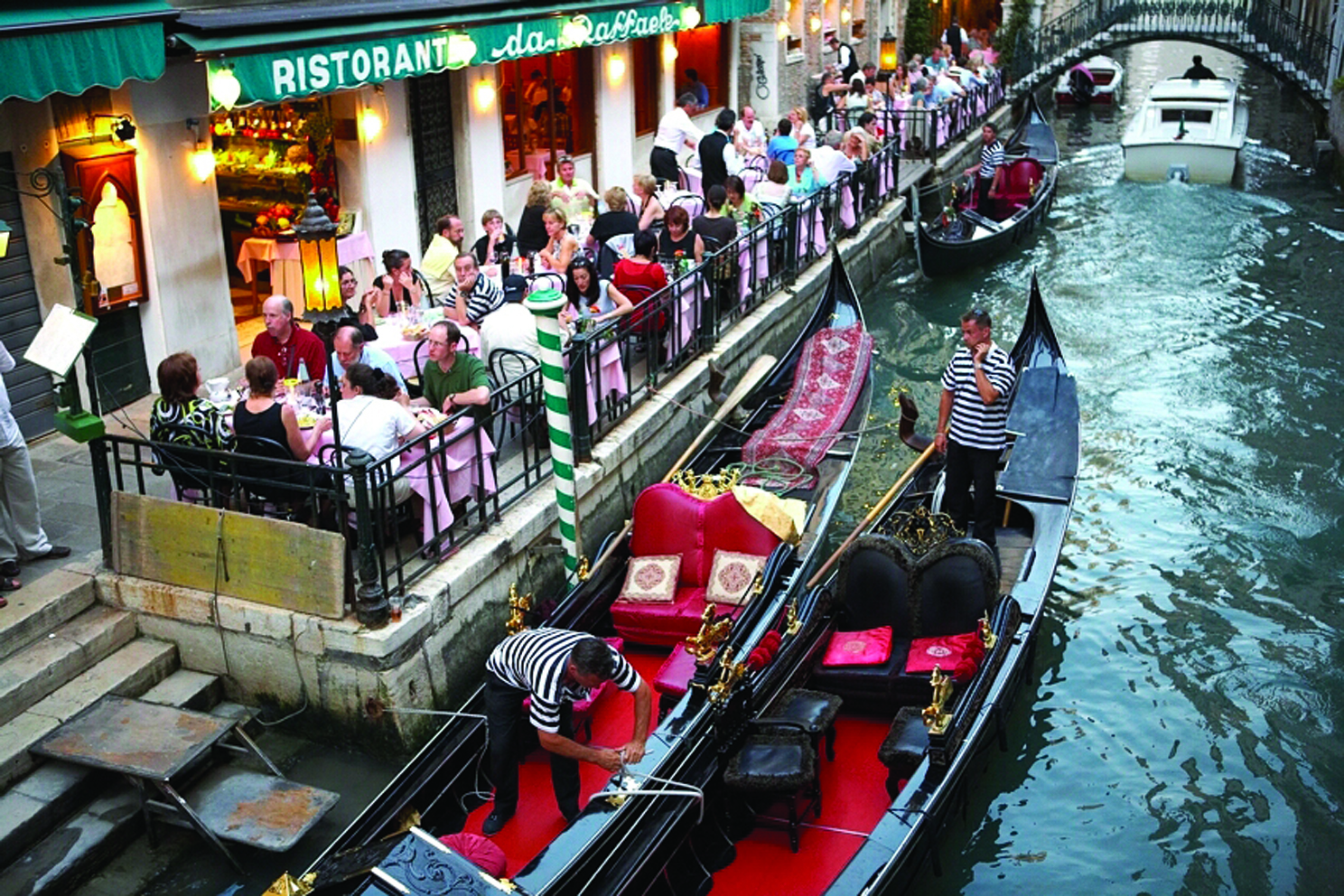Think of transport in Venice and you think of the gondola, but this is a relationship that has been developed in large part by the city’s tourism industry. As a working boat, there are better options.

Though it is now recognized the world over as the typical boat of Venice, the gondola is in fact one of many classes of vessel developed in La Serenissima…
Look back, if you will, at Sara Scarpa’s spectacular feature on the Venice Regatta this month (from page 62) and you will see, as Sara explains, that rowing in Venice is done standing up, because the waters of Venice can be very shallow in places and you need to be able to see what you are rowing in.
The other matter, other than the safety of your oars and the arms attached to them, is being able to see other traffic, of which there has always been plenty in Venice. Today there are some 400 gondolas in the city, most of them in the tourist trade, but there used to be more.

And gondolas weren’t the only types of boats in Venice. The caorlina is another typically Venetian boat, one again that is rowed standing up. They used to be commonplace, though they are nowadays mostly reserved for racing.
But that’s not the only other boat to have evolved here either. There is the gondolino, the pupparino, the mascareta, the batella, the batelon, the bragagna, the bragosso, the paeta, the topo, the topa, the trabaccolo… And more. Some are rowed (standing up); some are sailed; some can be manoeuvred by either method. But the gondola alone gives the tourist a sense of being ferried around in style, and it is for this reason, rather than any other, that it has become iconic.

